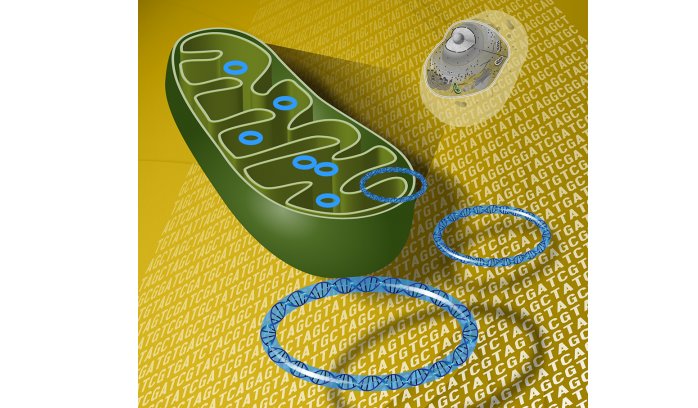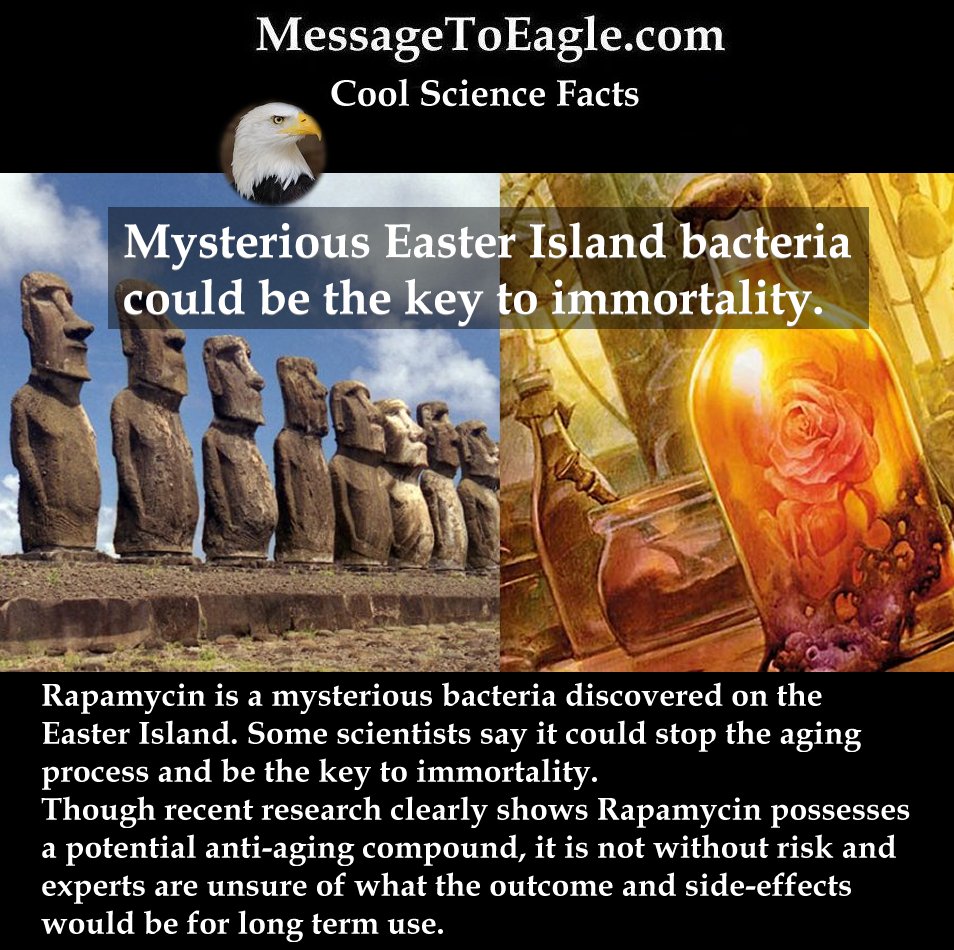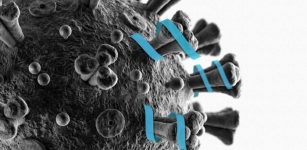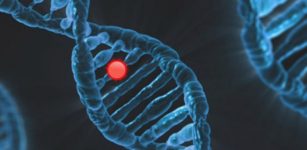It’s Possible To Slow Aging And We Know How – Scientists Say
MessageToEagle.com – Getting older is only natural, but there are people who don’t want to age. The quest for immortality is thousand of years old. Our ancestors believed that by eating or drinking a special substance one could achieve immortality, just like the gods. The so-called ‘Elixir of Long Life’ was once believed to be capable of cheating death.
Scientists are still searching for the mysterious fountain of youth and they many ideas how slowing down the aging process can be achieved.
One method is to use Rapamycin is a mysterious bacteria discovered on the Easter Island. Some scientists say it could stop the aging process and be the key to immortality.
Though recent research clearly shows Rapamycin possesses a potential anti-aging compound, it is not without risk and experts are unsure of what the outcome and side-effects would be for long term use.
During an excavation beneath a hotel construction site in China Town, New York that once contained medicinal remedies, a group of archaeologists unearthed hundreds of bottles detailing drinking and eating habits from 150 years ago.
According to DNA Info the scientists “discovered a tiny, greenish glass bottle that once contained the “Elixir of Long Life.” In spite of the claims, however, there is no evidence that this mixture significantly increased the consumer’s lifespan.

Now a group of scientists from Caltech and UCLA have developed a new approach to removing cellular damage that accumulates with age. The technique can potentially help slow or reverse an important cause of aging and involves removing mutated DNA from mitochondria, the small organelles that produce most of the chemical energy within a cell.
See also:
Rapamycin: Mysterious Easter Island Bacteria Could Be The Key To Immortality
Death Is Just An Illusion: We Continue To Live In A Parallel Universe
There are hundreds to thousands of mitochondria per cell, each of which carries its own small circular DNA genome, called mtDNA, the products of which are required for energy production. Because mtDNA has limited repair abilities, normal and mutant versions of mtDNA are often found in the same cell, a condition known as heteroplasmy. Most people start off life with some level of heteroplasmy, and the levels of mutant mtDNA increase throughout life. When a critical threshold level of mutant mtDNA is passed, cells become nonfunctional or die.
“We know that increased rates of mtDNA mutation cause premature aging,” says Hay, Caltech professor of biology and biological engineering.
“This, coupled with the fact that mutant mtDNA accumulates in key tissues such as neurons and muscle that lose function as we age, suggests that if we could reduce the amount of mutant mtDNA, we could slow or reverse important aspects of aging.”
MessageToEagle.com
Expand for references










